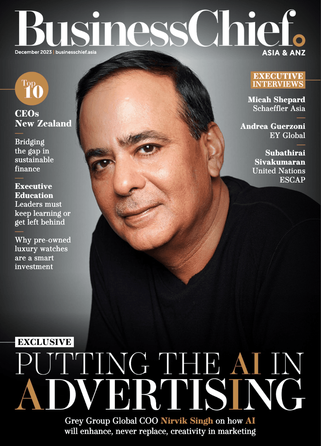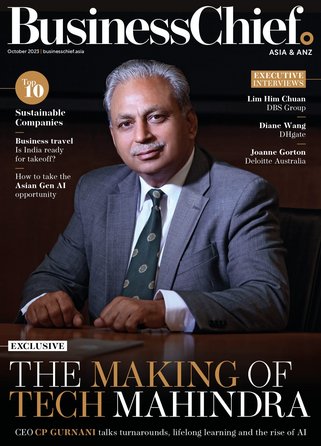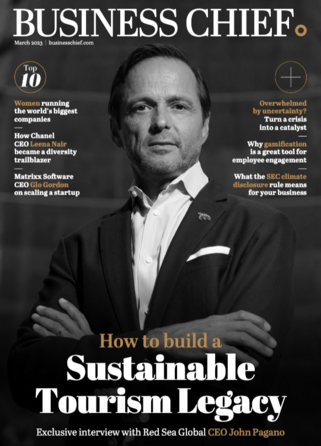Pre-owned luxury watches: why now is the time to invest

It is almost 250 years since Scottish economist and philosopher Adam Smith popularised the theory of market supply and demand.
The world has changed beyond recognition in that time, yet his principle still holds true. However, jolts and disruptions like COVID-19 create quirks, while also proving Smith’s theory.
During the pandemic, nearly new, used cars were changing hands for as much as, or even more than, the list price of brand new vehicles – fuelled by a lack of supply and long waiting lists caused by supply chain disruptions.
Even more stark was the impact on high-end watches, with the most in-demand timepieces commanding prices up to three times the recommended retail price as collectors and enthusiasts clamoured to get their wrists around new models but unable to visit boutiques.
Already in limited supply, the second-hand market for haute horlogerie has calmed down since that heady pandemic period but many watches are still trading above asking price, and Asian buyers are leading the charge.
That’s according to renowned auction house Christie’s that has offices in Bangkok, Beijing, Hong Kong, Jakarta, Mumbai, Seoul, Shanghai, Singapore, Taipei and Tokyo.
Christie’s says the buying appetite in Asia for H1 2023 is “very robust and even outperforms pre-pandemic levels”. This is evidenced in their global watch auctions which have seen Asian registrants increase by 42% and the value of their purchases soar by 182%.
“Watches hit best-ever first half results in 2023, with the most valuable timepiece ever sold online at auction globally – the Patek Philippe ‘Sky Moon Tourbillon’ Ref.6002G – setting a world record at US$5,815,300,” says Alexandre Bigler, Head of Watches at Christie’s Asia Pacific.
That sale was at Christie’s Hong Kong, which set 11 auction records and total sales of US$56,925,684 in H1 2023.
It’s not just watch enthusiasts and collectors who have taken note of the pre-owned timepiece market – savvy investors have spotted the market’s performance and are also getting involved.
As BCG’s recent report ‘Luxury Preowned Watches, Your Time Has Come‘ states, from August 2018 to January 2023 average prices in the second-hand market for top models from Rolex, Patek Philippe, and Audemars Piguet rose at an annual rate of 20%. This compares with an annual rate of 8% for the S&P 500 index.
“Needless to say, rare references by Patek Philippe and Rolex are in high demand,” says Bigler.
“At the same time, independent watchmakers have risen in demand and Richard Mille is one brand that has made it into the top three sold per year for the past five years list.
“Watches which have not been handled recently on the market attract attention from around the globe, if they are in the right condition – meaning not over repaired and with an interesting provenance.”
Watches have a recognised history of performing well compared to stocks, and have also shown greater resilience than many financial and consumer product categories.
No wonder, then, that pre-owned sales reached US$22 billion in 2021, accounting for almost 30% of total sales in the luxury watch market.
A big part in that shift is pure demand outstripping supply, and the increasing demand for instant gratification. This is something that Rustin Yasavolian, CEO of Masina Diamonds has experienced first hand.
“Luxury watches have exploded in value since 2020,” he tells Business Chief. “It is almost impossible to get a luxury sports watch like Rolex, Audemars Piguet, and Patek Philippe without an extensive purchase history.
“If you're looking to get a sports model, these authorised dealers say they will put you on a ‘list’ and keep you updated when the watch model comes in hand. The problem with this is that there are a lot of people looking for the same watch and the most highly sought-after watches are prioritised to previous clients before new ones. We've had customers tell us they've been waiting three years for a Rolex Submariner.”
Yasavolian says this is where the secondary market really comes into its own, as people simply don’t want to wait years for a watch they may never get.
He cites the example of a stainless steel Rolex Daytona 116500 that Rolex sells at a retail price of US$15,100 but currently goes for more than US$30,000 on the secondary market.
In February 2022, the secondary watch market prices peaked with the stainless steel Rolex Daytona trading at more than US$50,000, he says.
Rolex and Patek Philippe are often cited as the two brands most in demand, with grand complications and vintage perpetual calendar references from Patek Philippe especially sought after.
In 2022, pre-owned sales reached US$27 billion, and Swiss firm LuxeConsult says that by 2033, pre-owned sales will surpass sales of new watches, peaking at US$85 billion.
Part of the attraction for investors rather than enthusiasts is that luxury watches are seen as a stable asset built on reputable brands, and with demand from high net worth individuals who are less affected by financial downturns.
In the decade from 2013 to 2022, watches outperformed other popular collectible investments – such as jewellery, handbags, wine, art – growing at an average annual rate of 7%.
So should these in-demand watches be seen as a credible alternative investment for the speculator as well as the specialist?
Although the market has cooled, there are still sound investments to be made, and while not everyone will have the ‘gut instinct’ when it comes to a timepiece, there are some simple guidelines that can steer potential buyers, and collectors, in the right direction.
“At Christie’s, we advise our clients to buy what they like or desire and to buy the best object on the market available for their budget,” says Bigler. “On the latter point. Christie’s specialists are there to help and give their advice on a global market perspective.”
Interestingly, BCG’s report also highlights Gen Z and younger millennial buyers who say they intend to spend more on luxury watches.
In BCG’s survey, 54% of those buyers said that they had increased their spending on luxury watches during the previous 24 months, citing increased ease of buying and selling and more investment opportunities as their top reasons. Half said they expect to spend more on luxury watches in the next 24 months despite economic uncertainties.
That is certainly happening in Asia, with Christie’s seeing an increase in millennial collectors and those in their 20s seeking rare vintage watches – an encouraging sign of the watch market continuing to evolve in the region.
“Asian watch buyers who participated in Christie’s global Watches auctions in 1H 2023, are getting younger,” says Bigler.
“Among all Asian watch buyers in this segment, more than a third are Millennials (born between 1981 and 1996), versus only 27% in the same period in 2019. When it comes to new watch buyers, more than half are Millennials.”
With such high demand, you could think that these prized watches should be selling for higher prices directly from the manufacturers. Certainly a few years ago, the secondary market was largely shunned by some of the more luxurious brands, but that has changed.
In 2018, Swiss luxury goods company Richemont purchased Watchfinder – a second-hand watch seller with a strong online presence. Audemars Piguet has launched a pre-owned watch business, and Rolex finally embraced the reseller market in 2022.
With the secondhand market continuing to grow, appetite in Asia soaring, and investors diversifying their portfolios, not to mention the personal pleasure a watch can bring, it looks like this is time for preloved watches to shine.
Featured Articles
Nirvik Singh, Global COO and President International of Grey Group, cultivating culture and utilising AI to enhance rather than replace human creativity
On a mission to accelerate the adoption of sustainable energy solutions, US$30 billion Chinese tech firm Longi is not just selling solar – but using it
Armed with an ambitious billion-dollar strategy, Samsung is on track to achieve net zero carbon emissions company-wide by 2050 – but challenges persist



